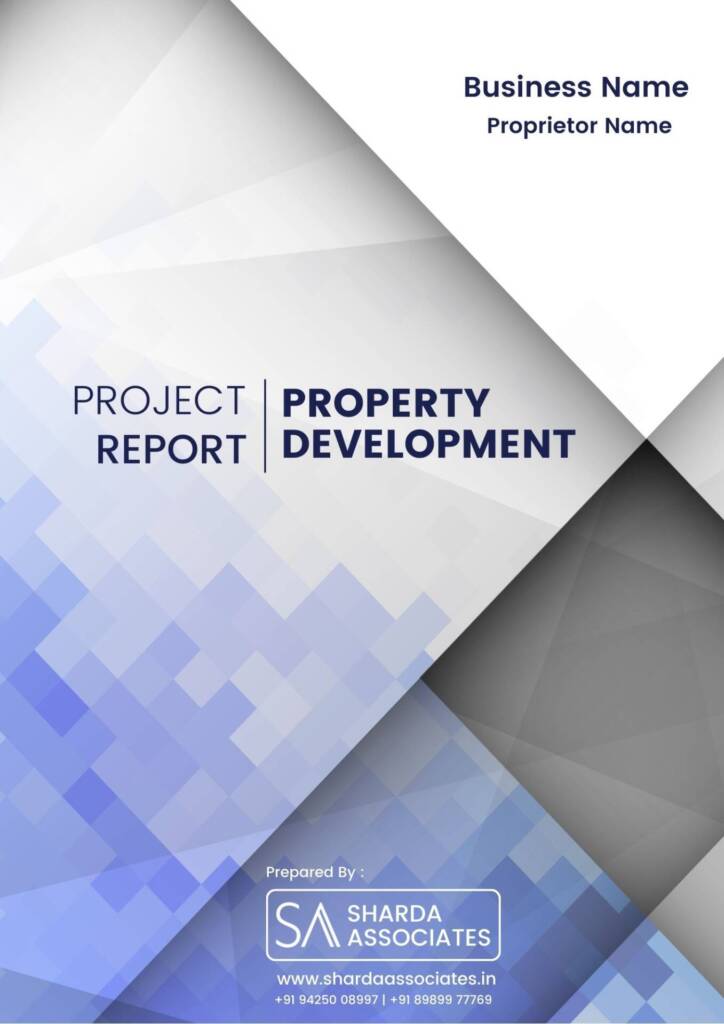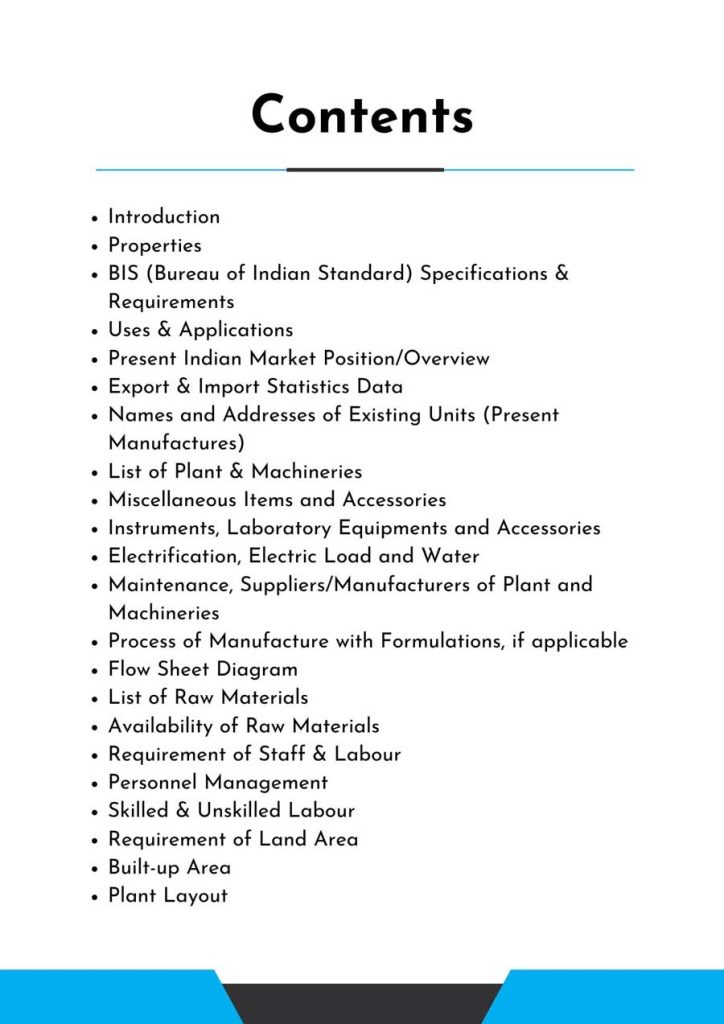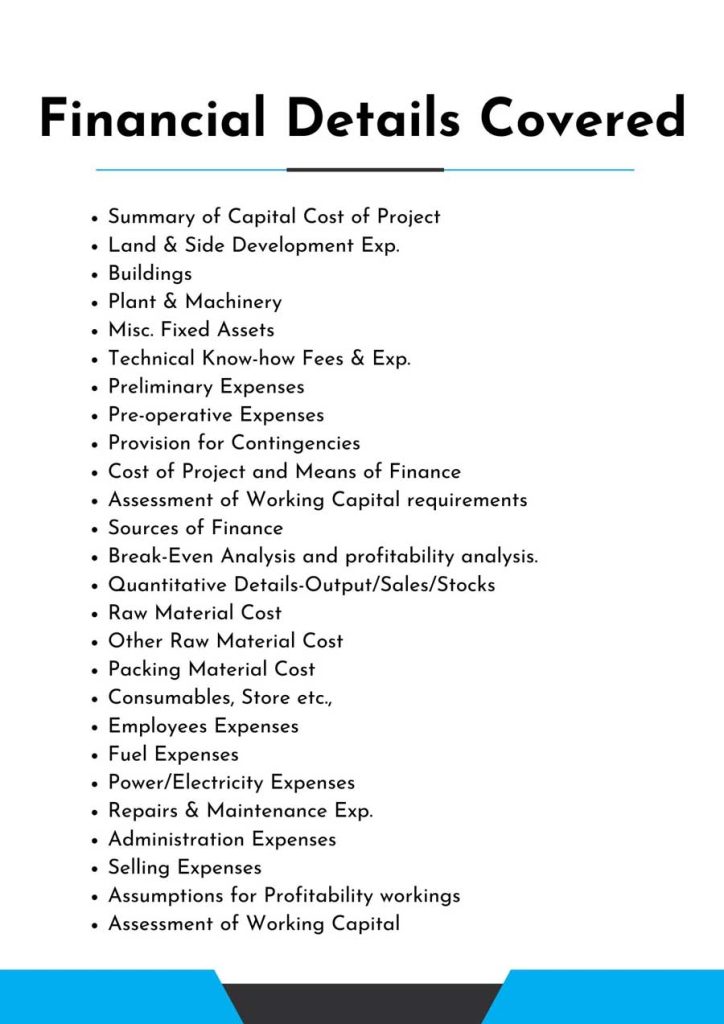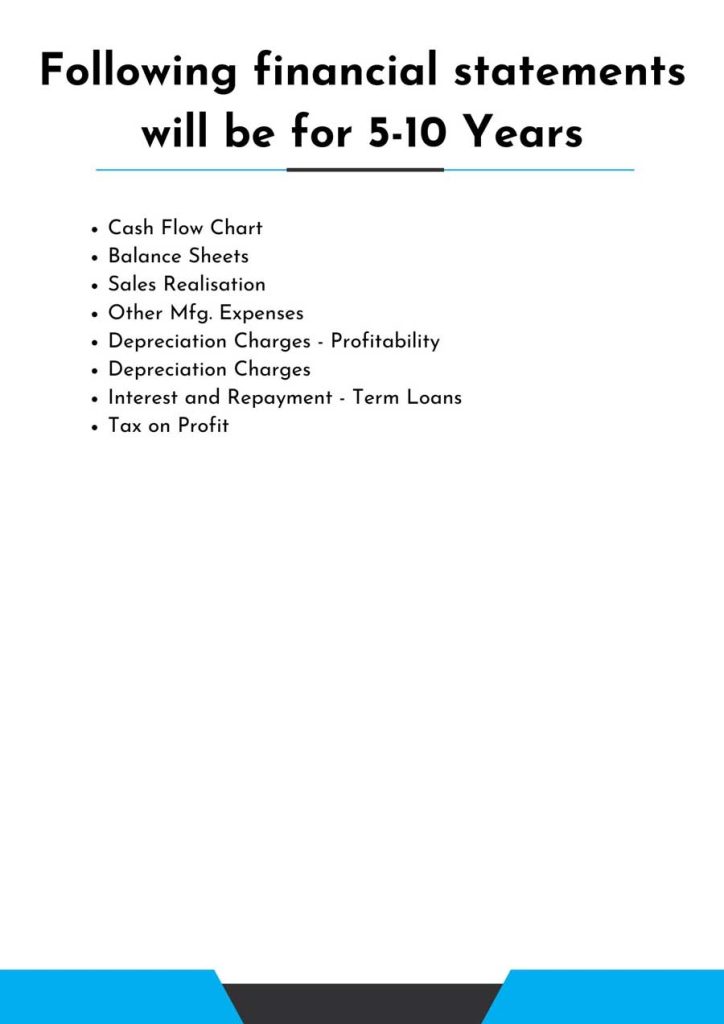Feasibility Report On
Property Development
The property development comprises of businesses which rent, lease, and enable the use of buildings and/or land selling real estate services.

What is Property Development?
Feasibility Report on Property Development.
Products for real estate development are virtually everywhere. All structures, including residences, workplaces, and hotels, are a result of this industry. Property developers play a significant role in how our environment evolves and changes through time, whether it is in our homes, places of employment, or areas where we spend our free time.
The process of developing buildings and/or land to raise its value is referred to as property development, often known as real estate development. It’s a business that encompasses a variety of activities, including the construction of new properties, renovations of old ones, and functional conversions of existing structures.
The earnings that may be made from developing on unoccupied land or existing property are, as was already mentioned, one of the industry’s main advantages. Property development is not just motivated by the desire to make a profit, however, it is a very direct motivation for individuals who work in the field. Developments that offer homes, workplaces, educational institutions, and other amenities to assist improve the neighborhood might also be considered to have some social value.
Feasibility Report Sample On Property Development



Market Strategy Of Property Development
In 2021, the worldwide real estate market had a value of US$6,883 billion. The market is predicted by IMARC Group to grow at a CAGR of 1.90% from 2022 to 2027, reaching a value of US$ 7,806 billion. We are constantly monitoring and assessing both the direct and indirect effects of the pandemic while keeping in mind COVID-19’s unknowns. These observations are significant market contributors and are mentioned in the report.
The size of the global real estate industry was estimated at USD 3.69 trillion in 2021, and it is anticipated to increase at a CAGR of 5.2% from 2022 to 2030. The market is predicted to grow at a healthy rate during the forecast period as a result of the expanding population and demand for private living space. As of 2021, it is predicted that the availability of commercial real estate space would have a significant impact on industrial growth.
With a 35.5% revenue share, residential property dominated the market in 2021. The millennial generation, who have recently shown a greater propensity for homeownership, is mostly responsible for the growth. For instance, the homeownership percentage among millennials rose to 47.9% in 2021 from 40% in 2020, according to Apartment List’s Homeownership study.
From 2022 to 2030, commercial real estate is anticipated to grow at a CAGR of 5.1%. The market is expanding at a remarkable rate as a result of the expansion of the tourism industry. Additionally, the need for bathroom furniture is anticipated to increase as hotels and resorts continue to expand. With a share of 52.1% in terms of revenue, the rental type led the market in 2021.
This is a result of growing housing costs in industrialized nations, which has led to an increase in renters and favoured segment development. For instance, a blog written by Mansion Global claims that in 2021, 60% of the residences in Germany will be rented, making it the country of renters. In 2021, Asia Pacific held the majority of the market, with a share of 52.6%. The region’s rising homeownership rates are mostly responsible for the growth.
According to estimates, China holds the majority of the market share in the region—more than 64.8%. It is further predicted that the growing number of tourists in developing nations like India, the Philippines, Indonesia, Thailand, and Vietnam will promote market expansion in the area.



